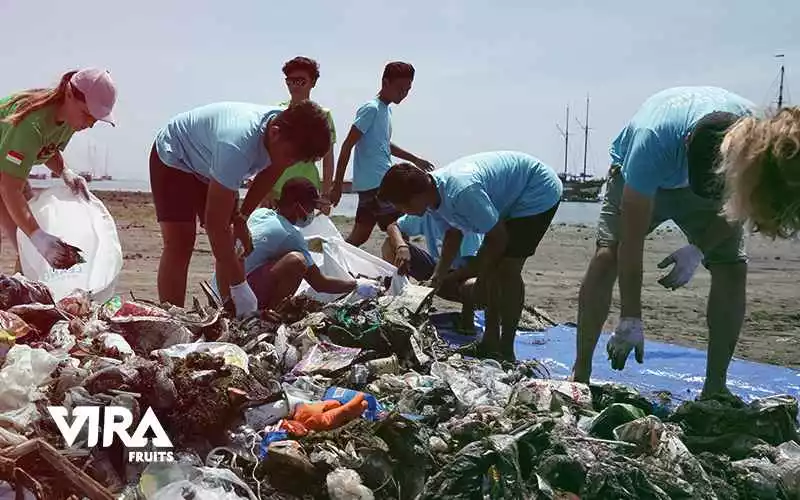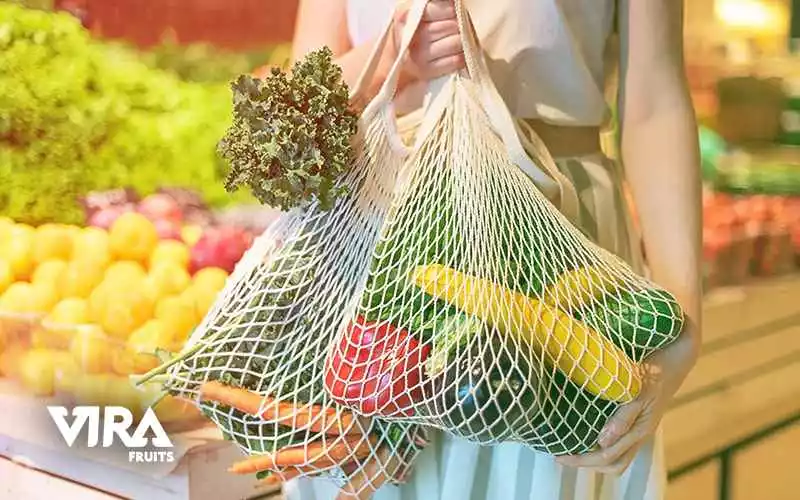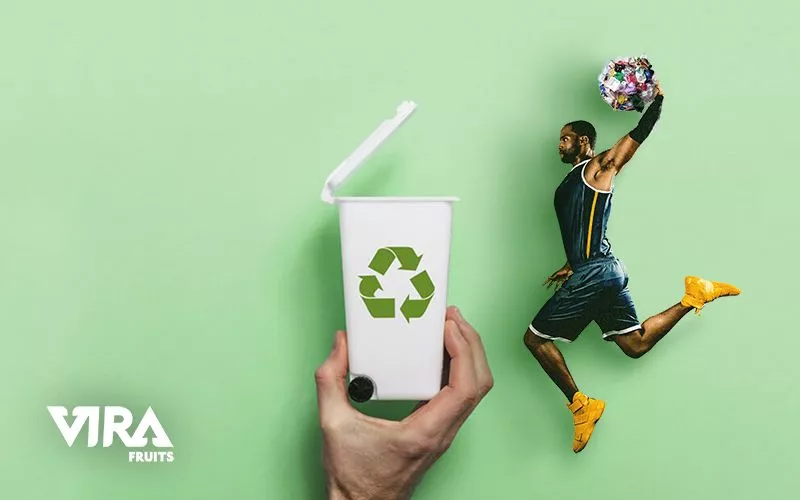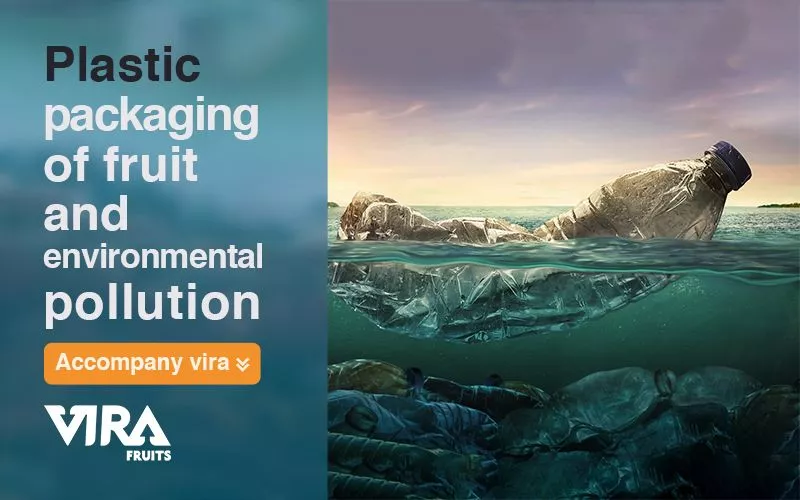Plastic’s high functionality and low cost make it increasingly common in everyday life. From plastic packaging of fruit to various uses in small and large plastics industries is very important in today’s industries. Plastic plays a valuable role in the economy and has many important uses. However, it has become increasingly inefficient and linear in production and consumption patterns as it is used for short-lived applications that are neither designed for re-use nor cost-effective recycling. According to the European Strategy for Plastics communication of 16 January 2018, titled “A European Strategy for Plastics in a Circular Economy”, plastic waste generation and its leakage into the environment, especially into the marine environment, shows the importance of the environmental pollution issue. Plastic packaging of fruit in export is one of the issues that need to be reviewed basically to prevent further damage to the environment.

The global problem of marine pollution
There is a growing global problem of marine litter that is transboundary in nature. In order to achieve Sustainable Development Goal 14, which calls for the conservation and sustainable use of oceans, seas, and marine resources, reducing marine litter is a key action. The majority of marine litter, measured by beach litter counts, is plastic, with single-use plastic items representing about 50% and fishing-related items representing about 27%. There are a variety of single-use plastic products that are common fast-moving consumer items that are discarded once they have been used for the purpose for which they were provided, are rarely recycled, and tend to end up as litter. Therefore, single-use plastic products containing plastic pose a serious problem in the context of marine litter, danger to marine ecosystems, biodiversity, and human health, and damage to tourism, fisheries, and shipping.

Plastic waste caused by packaging
In Europe, 59% of plastic waste is generated by packaging. In developing countries, this rate is higher. The new standard in the fresh fruit and vegetable sector is to use recyclable plastic wherever possible, and less plastic in general. Plastic use will be reduced to a minimum in the long run. Alternatives and biodegradable materials may even replace plastic entirely. The issue of plastics and the environment is very challenging, and governments have to reform old ways every year. As well as governments, exporters, and freight companies, shipping companies should take this global concern seriously and find solutions to limit plastics in maritime transport. Plastic packaging of fruit is more expensive than packaging with recyclable plastics, but we must always keep in mind the extent of environmental pollution.

Plastic packaging of fruit and alternative solutions
Plastics are used in all sorts of positive ways like protecting the food we buy and preventing it from becoming waste before it reaches our kitchens and fridges. However, for all the positive applications and uses of plastic, there are many that are problematic and unnecessary, exacerbating the issue of plastic waste in the natural environment. Solving these problems will require collaboration and effort from all businesses and involve a range of actions such as considering re-fills, improved packaging design, and optimizing recycling. In addition to encouraging citizens to recycle, it is also important to make sure they understand what can be recycled and how to recycle it. In order to effectively reduce the negative effects of certain plastic products on the environment, health, and economy, a specific legal framework is needed.
